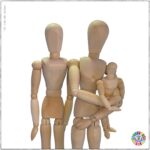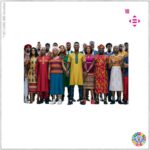The International Day of Zero Tolerance for Female Genital Mutilation (FGM), observed on 6 February, is a crucial moment for global awareness and action. FGM is a deeply entrenched violation... Read more
International Day of the World’s Indigenous Peoples
The International Day of the World’s Indigenous People, celebrated annually on August 9th, is a day to recognize and honor the contributions and cultures of indigenous communities worldwide. This day also highlights the challenges these communities face, including issues related to human rights, cultural preservation, and sustainable development. The observance of this day aligns closely with the 2030 Agenda for Sustainable Development and the United Nations Sustainable Development Goals (SDGs). For the Lazarus Union, an international NGO with general consultative status with the United Nations Economic and Social Council (ECOSOC), this day is an opportunity to emphasize its commitment to supporting indigenous peoples through advocacy, awareness campaigns, and community-based projects.
Context of the 2030 Agenda and the SDGs
The 2030 Agenda for Sustainable Development is a global blueprint for achieving a better and more sustainable future for all. It encompasses 17 SDGs that address the world’s most pressing challenges, including poverty, inequality, climate change, environmental degradation, peace, and justice. The goals are interconnected and relevant to all people, with a specific focus on leaving no one behind—a principle that underscores the importance of addressing the unique needs and rights of indigenous peoples.
Indigenous communities are key stakeholders in the achievement of several SDGs, including:
- SDG 1 (No Poverty): Indigenous peoples are often among the most marginalized and impoverished populations.
- SDG 2 (Zero Hunger): Indigenous knowledge and sustainable agricultural practices contribute significantly to food security.
- SDG 4 (Quality Education): Ensuring inclusive and equitable quality education for indigenous children.
- SDG 10 (Reduced Inequalities): Addressing systemic inequalities faced by indigenous peoples.
- SDG 13 (Climate Action): Indigenous communities are frontline defenders of biodiversity and natural resources.
- SDG 15 (Life on Land): Indigenous territories are critical for the conservation of terrestrial ecosystems.
Best Case Studies and Best Practices
Case Study 1: The Indigenous Peoples Major Group for Sustainable Development (IPMG)
The IPMG is a platform that ensures the effective participation of indigenous peoples in the implementation and monitoring of the SDGs. It advocates for the recognition of indigenous rights and the integration of traditional knowledge in sustainable development policies. One of the key achievements of the IPMG is its role in the High-Level Political Forum (HLPF), where it presents reports and recommendations on the status of indigenous peoples in relation to the SDGs.
Best Practices:
- Inclusive Participation: Ensuring that indigenous voices are heard in international forums.
- Capacity Building: Providing training and resources to indigenous representatives to engage effectively with the SDG processes.
- Data Collection: Developing indicators that capture the specific conditions and contributions of indigenous communities.
Case Study 2: The Indigenous Navigator
The Indigenous Navigator is a tool designed to collect and analyze data on the implementation of indigenous rights at the national and local levels. It helps indigenous communities to monitor their rights and development status, providing a comprehensive set of indicators aligned with international frameworks, including the SDGs.
Best Practices:
- Community-Led Monitoring: Empowering indigenous communities to collect and analyze their own data.
- Tailored Indicators: Using culturally relevant indicators to assess progress.
- Policy Influence: Leveraging data to advocate for policy changes that benefit indigenous peoples.
Case Study 3: The Amazon Conservation Team (ACT)
The ACT works directly with indigenous communities in the Amazon to protect biodiversity and indigenous cultures. One of their successful projects involves the creation of ethno-education programs that integrate traditional knowledge with formal education systems.
Best Practices:
- Cultural Integration: Combining traditional knowledge with modern education to preserve cultural heritage.
- Community Involvement: Engaging indigenous leaders in the design and implementation of conservation projects.
- Sustainable Livelihoods: Supporting sustainable economic activities that benefit indigenous communities while conserving natural resources.
Relevance for the Lazarus Union
As an international NGO with general consultative status with ECOSOC, the Lazarus Union plays a significant role in advocating for the rights and well-being of indigenous peoples. The organization’s involvement can take several forms:
- Advocacy and Awareness Campaigns: Promoting the importance of indigenous rights and their contributions to sustainable development through campaigns and educational initiatives.
- Partnerships and Collaboration: Working with indigenous organizations and other NGOs to support community-led projects and initiatives.
- Monitoring and Reporting: Utilizing tools like the Indigenous Navigator to monitor the progress of SDGs related to indigenous peoples and report findings to the United Nations and other stakeholders.
- Capacity Building: Providing training and resources to indigenous leaders and communities to enhance their participation in decision-making processes at local, national, and international levels.
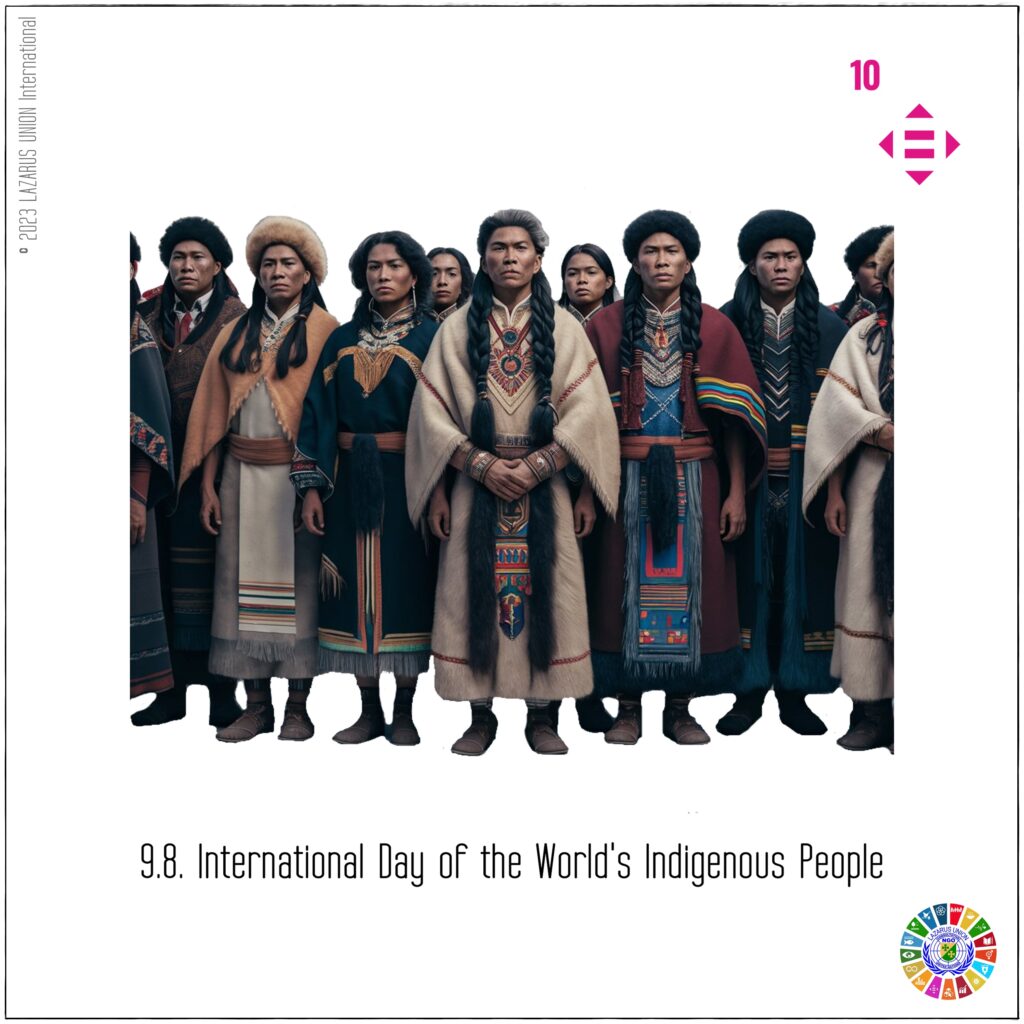

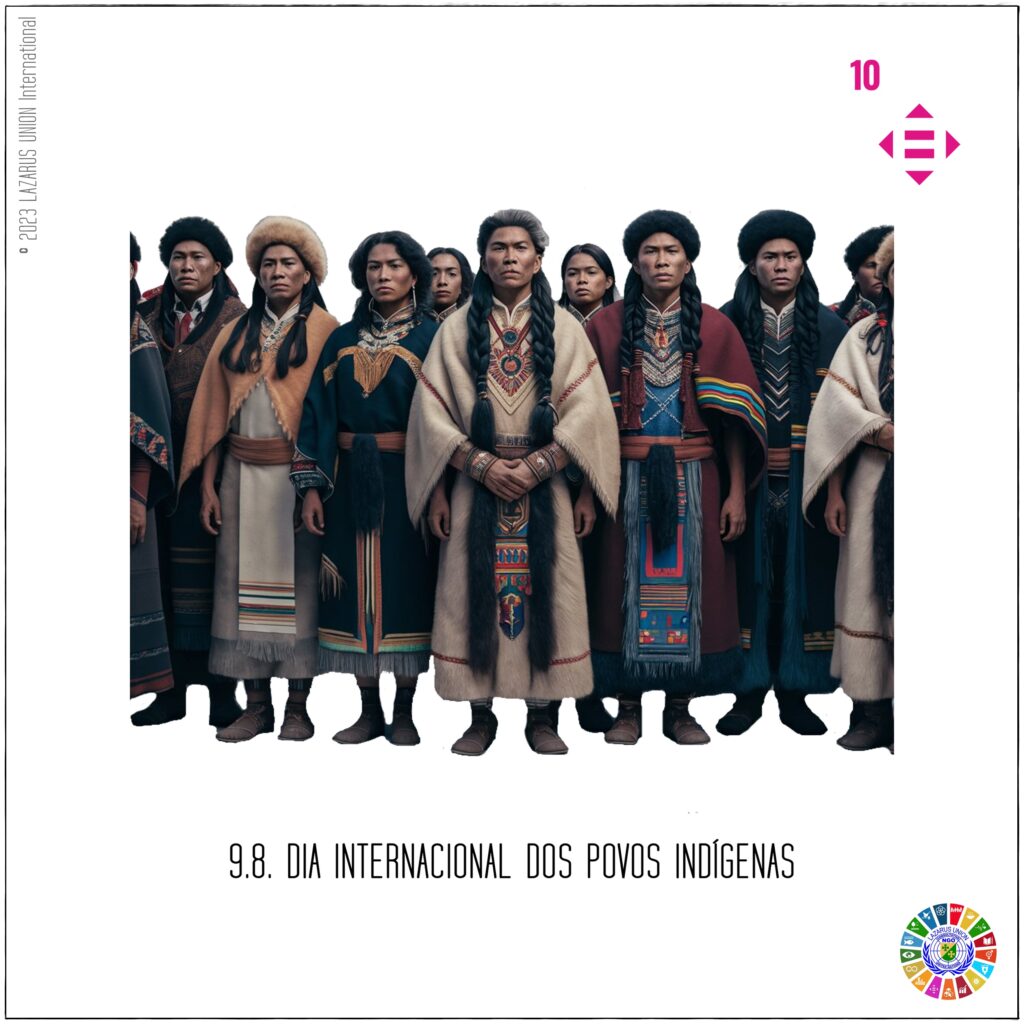
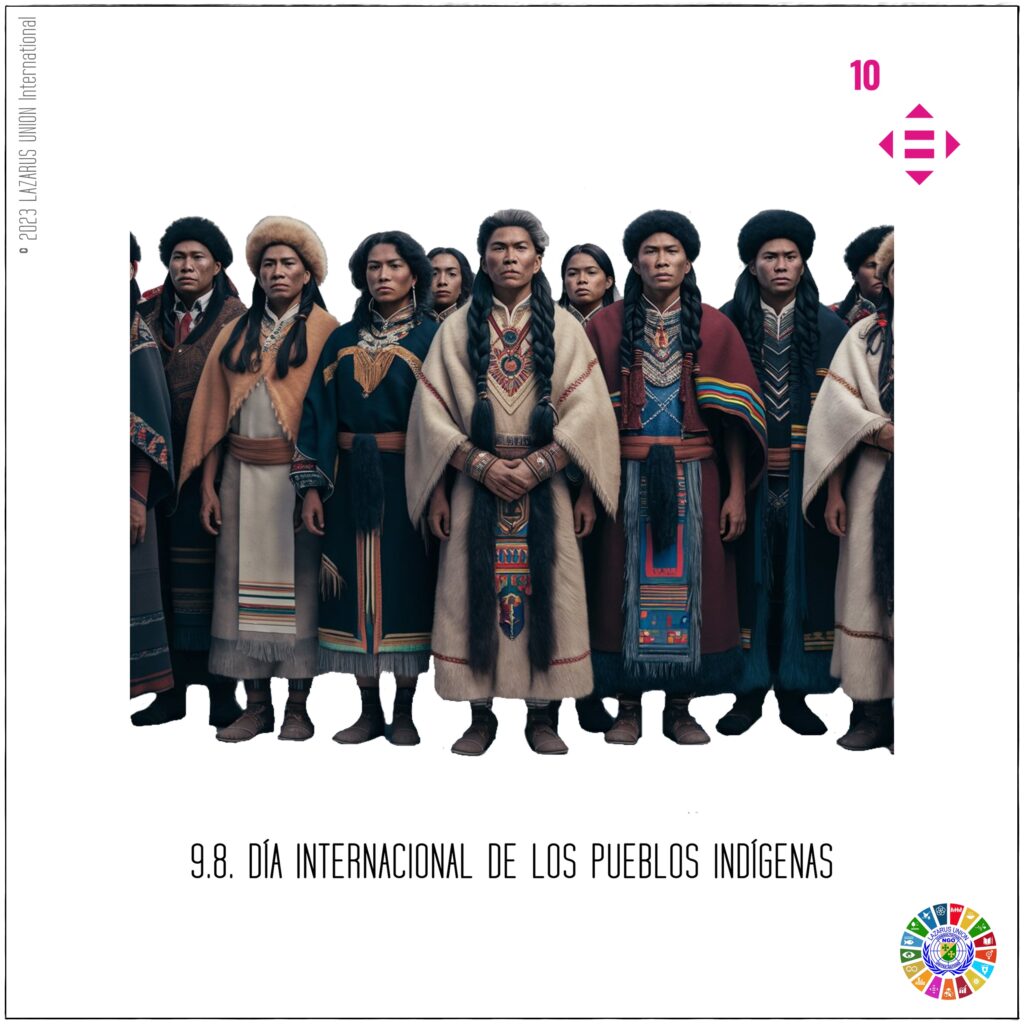
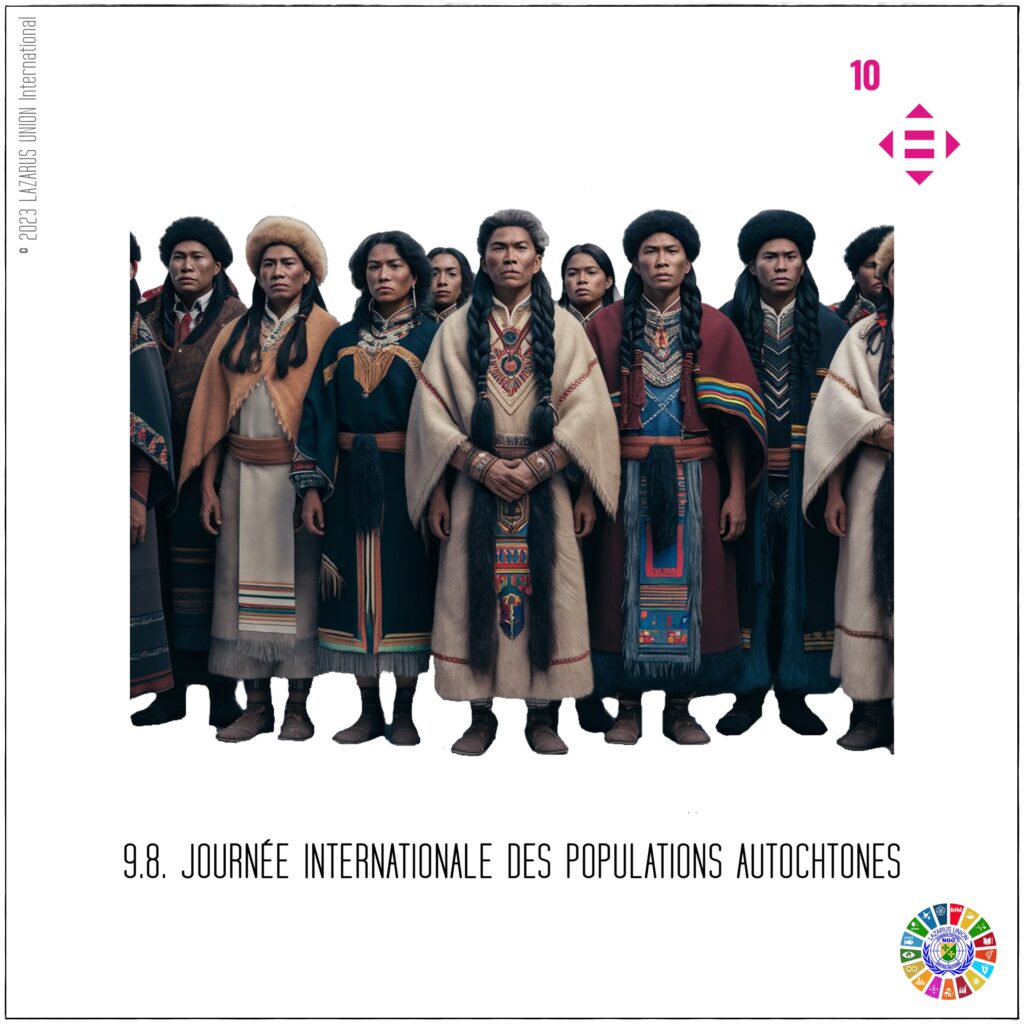
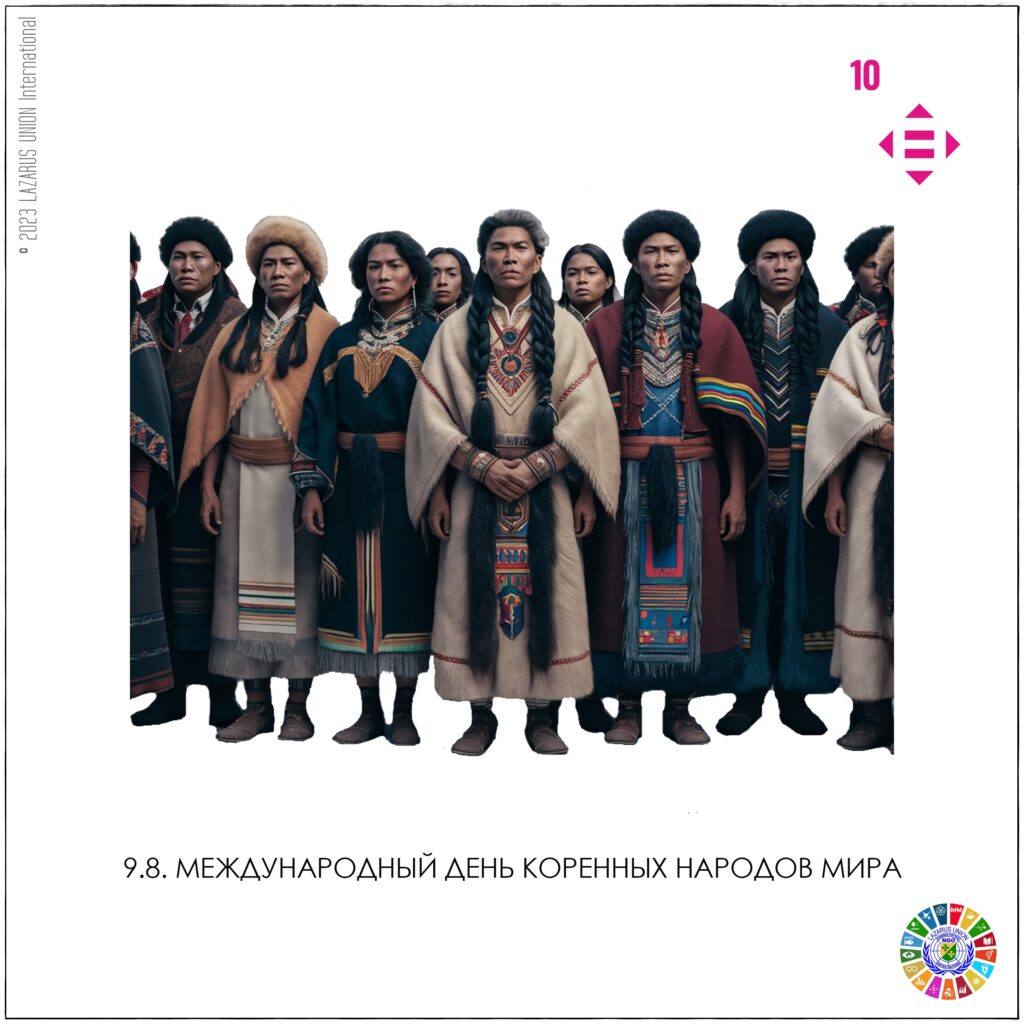
Conclusion
The International Day of the World’s Indigenous People is a vital occasion to celebrate the rich cultures and significant contributions of indigenous communities to global sustainable development. The 2030 Agenda and the SDGs provide a comprehensive framework for addressing the challenges faced by indigenous peoples and ensuring their inclusion in the development process. Through best practices and successful case studies, we can learn effective ways to support indigenous communities. For the Lazarus Union, this day underscores its commitment to advocacy, partnership, and capacity building, reinforcing its role in promoting a more inclusive and equitable world.
By continuing to engage with indigenous peoples and integrating their perspectives into sustainable development efforts, the global community can make substantial progress towards achieving the SDGs and ensuring that no one is left behind.
References
- United Nations. (2015). Transforming Our World: The 2030 Agenda for Sustainable Development.
- United Nations. (2020). The Sustainable Development Goals Report 2020.
- International Work Group for Indigenous Affairs. (2019). The Indigenous World 2019.
- World Bank. (2020). Poverty and Shared Prosperity 2020: Reversals of Fortune.
- Food and Agriculture Organization of the United Nations. (2020). The State of Food Security and Nutrition in the World 2020.
- Amazon Conservation Team. (2019). Annual Report.
- Indigenous Navigator. (2020). Indigenous Navigator Data Portal.
- United Nations Educational, Scientific and Cultural Organization. (2020). Global Education Monitoring Report 2020.

